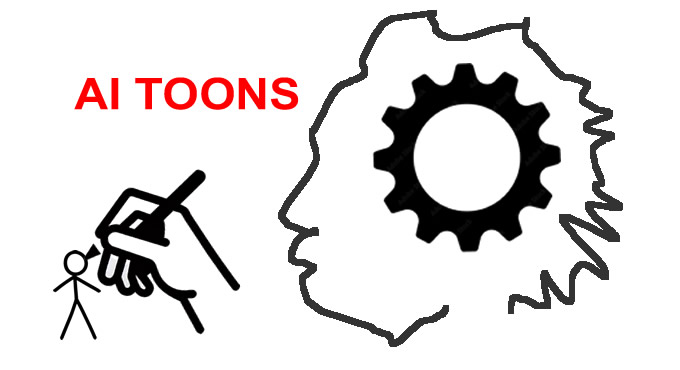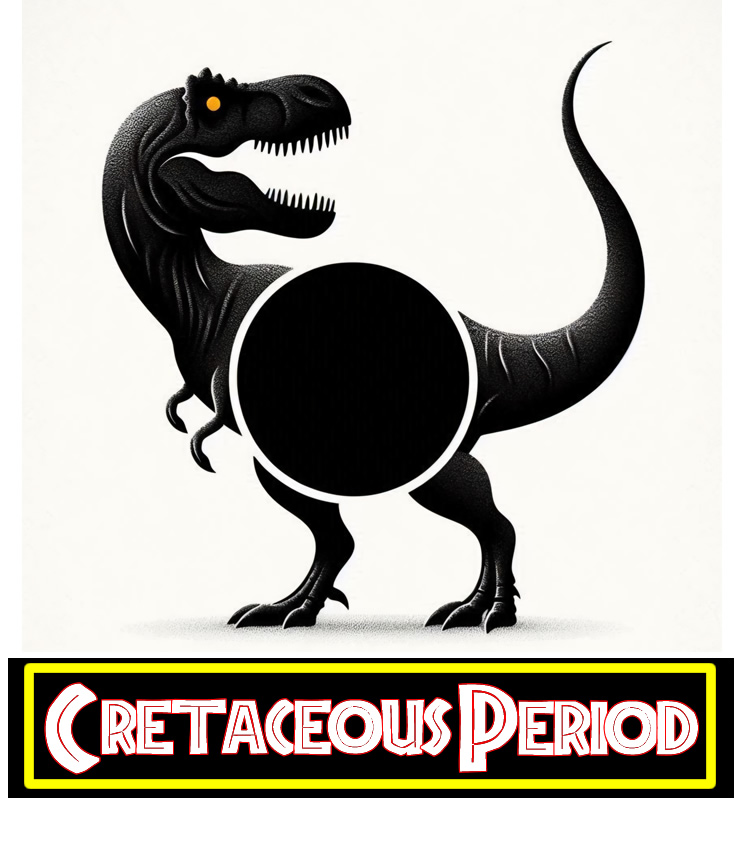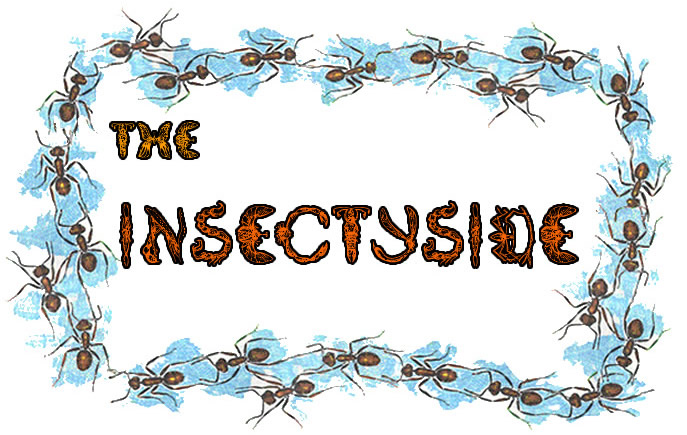|
|
Easter is related to the direction east only tangentially-- as both words share the same Proto-Germanic root "austra-" which refers to the dawn or sunrise (since the sun rises in the east). Which evolved into Old English "ēast" (east direction) and "Eostre/Ostara", the name of an ancient Germanic goddess associated with spring and fertility. The Venerable Bede, an 8th-century English monk, first recorded this connection, noting that the month of April was called "Ēosturmōnaþ" (Easter month) in Old English, named after the goddess whose feast was celebrated during this time. There was some scholastic debate about Bede's notation but subsequent research has led to a consensus that there was such a 'goddess of dawn' who was characterised as a bringer of light.
- The Easter Bunny tradition originated among German Lutherans, where the "Easter Hare" was said to judge whether children had been good or bad during Eastertide, similar to Santa Claus.
- While the Easter Bunny is popular in many cultures, other figures like the Easter Bilby in Australia play a similar role. The Bilby was chosen to raise awareness about endangered native species.
- A rabbit's teeth grow continuously throughout its life, a trait which it shares with rodents. However, rabbits aren't rodents. While they were once classified as such, they are now grouped in a different order called Lagomorpha that includes rabbits, hares, and pikas. The key difference lies in their teeth: rodents like mice and squirrels have a single pair of upper incisors, while lagomorphs have two pairs—one large visible pair at the front and a smaller pair hidden behind. Both groups need to chew on tough materials like hay to keep their teeth at a manageable length.
- Americans purchase approximately 90 million chocolate bunnies for Easter each year, and about 76% of people eat the ears first.
- The tradition of Easter eggs predates Christianity—decorated eggs were used in various spring festivals in many cultures, symbolising new life and rebirth.
- The world's largest Easter egg hunt took place in Florida in 2007, where 9,753 children searched for 501,000 eggs.
- Easter's date changes yearly because it follows the lunar calendar, always falling on the first Sunday after the first full moon occurring on or after the spring equinox.
|







